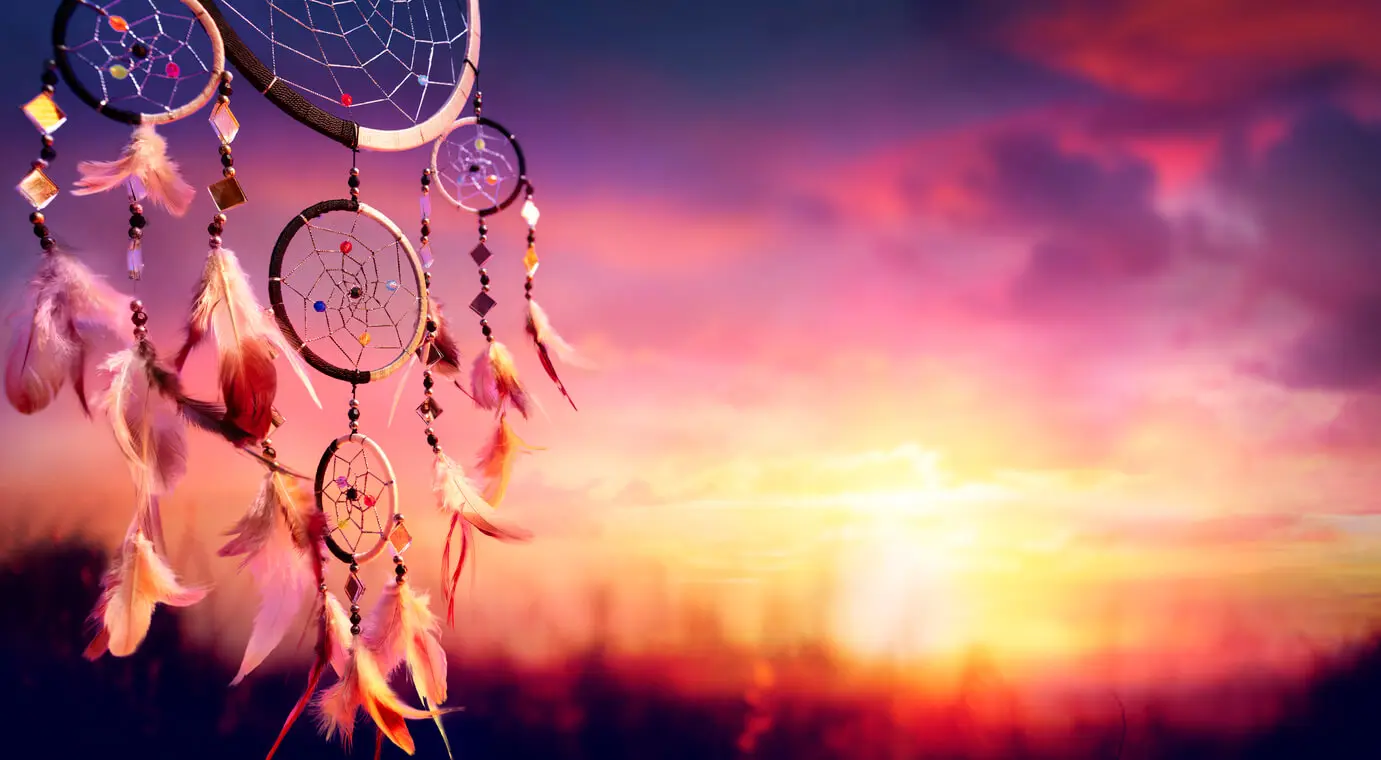More than one in five Canadians over the age of 15 has some form of disability that impacts his or her quality of life. But among Indigenous people in Canada, the rate of disability rises to one in three individuals.
Disability advocates have done outstanding work bringing awareness to issues of accessibility generally; however, in 2015 the British Columbia Aboriginal Network on Disability Society (BCANDS) determined that it was necessary to highlight additional systemic barriers encountered by disabled Indigenous people.
In the years since BCANDS launched the first Indigenous Disability Awareness Month (IDAM), the concept has won support across the country and internationally. Multiple provinces, the Assembly of First Nations, and hundreds of other organizations and communities now recognize the campaign and hold events to bring attention to disability among Indigenous people. Moreover, in 2017 the United Nations International Committee on the Rights of Persons with Disabilities recommended to Canada that it should officially declare November as IDAM annually.
In this blog post, I’d like to contribute to this awareness project by: sharing some statistics on disability among Indigenous people; highlighting the systemic issues which may explain why disability is more prevalent within this group; and, suggesting some ways non-Indigenous people can be allies who support the work of Indigenous disability advocates.
Higher rates of disability - especially pain-related disability
According to a 2017 Statistics Canada publication, 32 percent of off-reserve First Nations, 30 percent of Métis and 19 percent of Inuit reported one or more disabilities that limited their daily activities.
While First Nations people living off reserves and Métis were disproportionately more likely to have a debilitating condition than Canadians as a whole (22 percent), the rate among the Inuit was actually lower than the national average. Although this can be seen as a positive, the Statistics Canada report authors caution that the average age of the Inuit population in Canada, compared to all Canadians, is significantly lower, and disability rates increase with age.
Women among all three Indigenous groups experienced disability at higher rates than men, and Indigenous people living in Nova Scotia, New Brunswick, Ontario, British Columbia and Alberta reported the highest rates of disability. Although mild disabilities were the most common form of disability across all Indigenous groups covered by the research, the degree of severity of disability increased with age.
Pain-related disabilities were by far the most common debilitating issue reported among the three Indigenous groups covered by the data. Previous research of on-reserve First Nations populations also found pain to be the most common chronic health issue within this group. Disabilities relating to flexibility, mobility and mental health were also among the more common debilitating conditions.
Why are rates so much higher?
The authors of the Statistics Canada report point to other research which may help to explain why rates of disability are so high among these Indigenous groups. Moreover, they caution that the actual rates of disability among Indigenous groups may be higher than these estimates for a variety of reasons, including:
- underreporting chronic health conditions or impairments: Cultural bias in diagnostic instruments, perceived bias, stereotyping, discrimination, and stigma may all contribute to underreporting.
- cultural differences in health perceptions.
- experiences of colonization: Social determinants of health have historically been linked with legislation and social policies that punished cultural preservation, practise and use among Indigenous peoples.
- cultural, geographic, and socioeconomic barriers to health services access, including high quality care.
Allies Help Raise Awareness.
In an able-bodied society, people with disabilities often find significant barriers to participation, advancement, and enjoyment of social structures. When the lingering effects of colonization and racial discrimination are layered on top of a disability, the barriers become even higher.
It is important for oppressed groups to take the lead in determining how best to dismantle these barriers; however, non-Indigenous and non-disabled people who support creating a more equitable and fair society still have an important role to play.
As allies, we can amplify their message and show support as they advocate for change from governments, businesses and other social organizations. Raising awareness of the problematic barriers encountered among our own friends and family members is one step. Supporting entities that recognize Indigenous Disability Awareness Month is another action allies can take. Finally, if you can volunteer your time and/or donate money to organizations that work on behalf of disabled Canadians, you can be part of a campaign to break down these barriers even faster.
Gluckstein Personal Injury Lawyers is proud to support a variety of disability advocacy groups. To learn more about how our community outreach efforts reflect our commitment to full-circle client care, contact us today.

